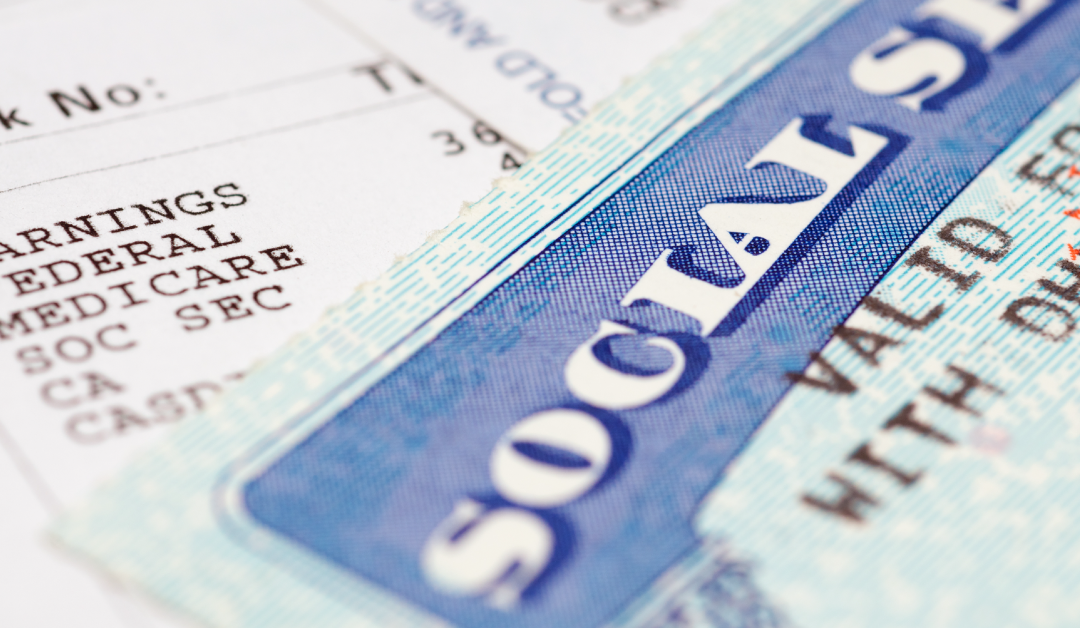As retirement approaches, many people worry about whether they have saved enough to support their future lifestyle. While starting early is ideal, the reality is that not everyone maximizes their retirement savings during their younger years. To help address this, retirement rules allow those age 50 and older to make additional contributions to their accounts, known as “catch up contributions.”
These contributions provide a valuable second chance to strengthen retirement readiness. By understanding how they work and why they exist, you can take advantage of this opportunity to close savings gaps, reduce taxes, and create greater financial security in your later years.
Why Catch Up Contributions Exist
Catch up contributions were created to recognize that financial priorities change as people move through different stages of life. Here are the key reasons they exist:
- Missed Opportunities – Many workers cannot save as much in their 20s and 30s due to student loans, mortgages, or childcare costs.
- Higher Earnings Later in Life – Income often peaks in the 50s and 60s, allowing for greater saving potential.
- Closing Gaps – Catch up contributions provide a way to make up for years when contributions were lower.
- Encouraging Retirement Readiness – They help reduce the risk of outliving savings by boosting balances closer to retirement.
- Policy Support – Lawmakers built these rules into retirement plans to promote financial security across generations.
Together, these factors highlight why catch up contributions are an essential part of retirement savings strategies.
How Catch Up Contributions Work
Once you turn 50, retirement accounts such as 401(k)s and IRAs allow you to contribute beyond the standard annual limits. For example, in a 401(k), the base contribution limit is set each year by the IRS, but workers 50 and older are permitted to add an additional “catch up” amount. The same applies to IRAs, where extra contributions can significantly enhance savings potential.
These contributions work just like regular contributions — they grow tax-deferred in traditional accounts or tax-free in Roth accounts, depending on the type of plan you use. The difference is that the higher limits allow older savers to set aside more money during a critical period when retirement is drawing closer.
The Benefits of Saving More Later in Life
Making catch up contributions provides multiple advantages for individuals preparing for retirement:
- Accelerated Growth – Extra contributions add to account balances quickly in the years before retirement.
- Improved Readiness – Boosts confidence in having enough savings to cover expenses in retirement.
- Flexibility – Provides more options for managing withdrawals and income strategies later on.
- Reduced Stress – Offers peace of mind for those who started saving later or had gaps in contributions.
- Maximizing High-Earning Years – Allows individuals to save more during the period when they may have fewer financial obligations and higher disposable income.
These benefits demonstrate why catch up contributions are such a powerful tool in building retirement security.

Tax Advantages of Catch Up Contributions
Beyond building larger balances, catch up contributions also provide significant tax benefits. Contributions to traditional accounts reduce taxable income for the year they are made, while Roth accounts allow for tax-free withdrawals later in retirement. This flexibility enables individuals to structure their savings in ways that minimize lifetime tax liability.
The financial impact can be substantial. According to the IRS, for 2024, workers age 50 and older can contribute an extra $7,500 to a 401(k), bringing the total annual limit to $30,500. For IRAs, the catch up contribution is $1,000, raising the total annual contribution to $8,000 (IRS, 2023, Retirement Topics – Catch-Up Contributions, https://www.irs.gov/retirement-plans/retirement-topics-catch-up-contributions). These higher limits make it possible to accelerate savings significantly while benefiting from favorable tax treatment.
Making the Most of the Opportunity
Taking advantage of catch up contributions requires planning. Start by reviewing your budget to determine how much extra you can realistically contribute each year. Even if you cannot maximize the full catch up amount, contributing more than the base limit will still have a meaningful impact over time.
It’s also important to consider which type of account — traditional or Roth — best fits your tax situation. For some, reducing taxable income today is the priority, while others may prefer tax-free withdrawals in retirement. Working with a financial professional can help ensure your catch up contributions are structured to align with your broader retirement goals.
Strengthening Your Retirement in the Final Stretch
Catch up contributions are a powerful tool for those entering the later stages of their career. They provide an opportunity to close savings gaps, build larger balances, and enjoy tax advantages, all while taking advantage of higher earnings years. For many people, these contributions can mean the difference between an uncertain retirement and one that feels secure.
If you are over 50, now is the time to take a closer look at your retirement accounts and contribution levels. By incorporating catch up contributions into your plan, you can maximize the years ahead and approach retirement with confidence and peace of mind.












